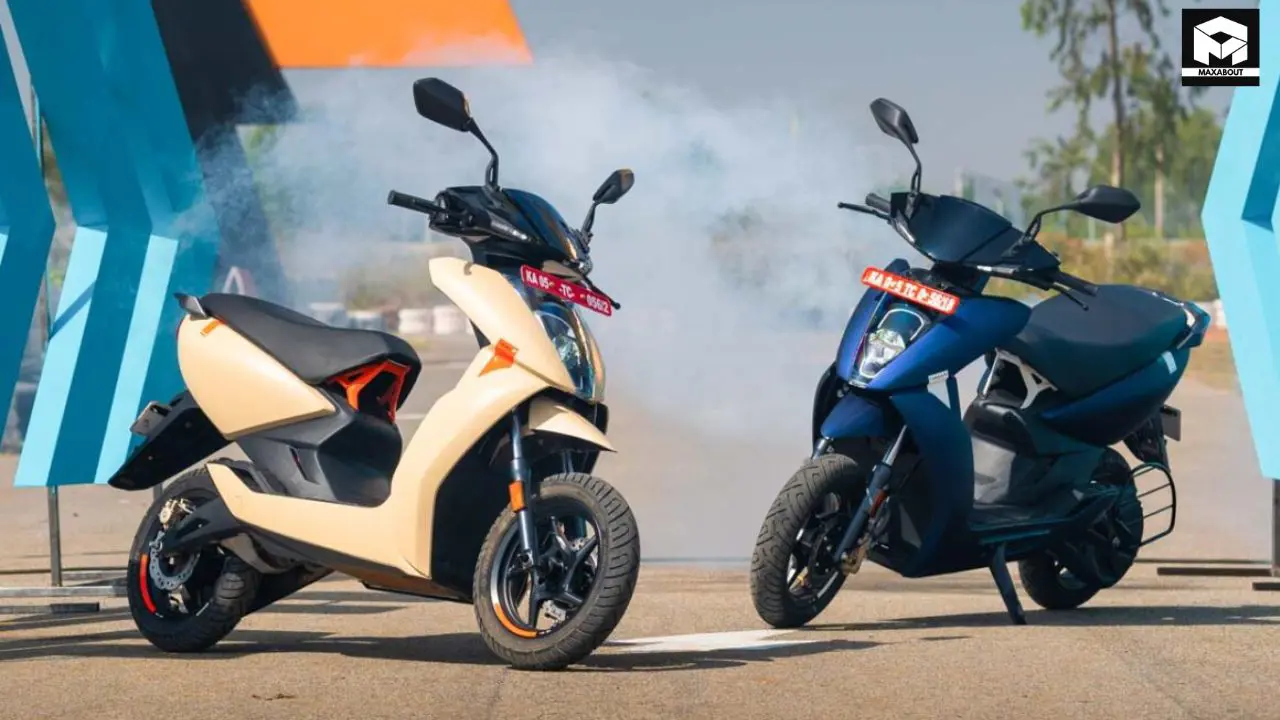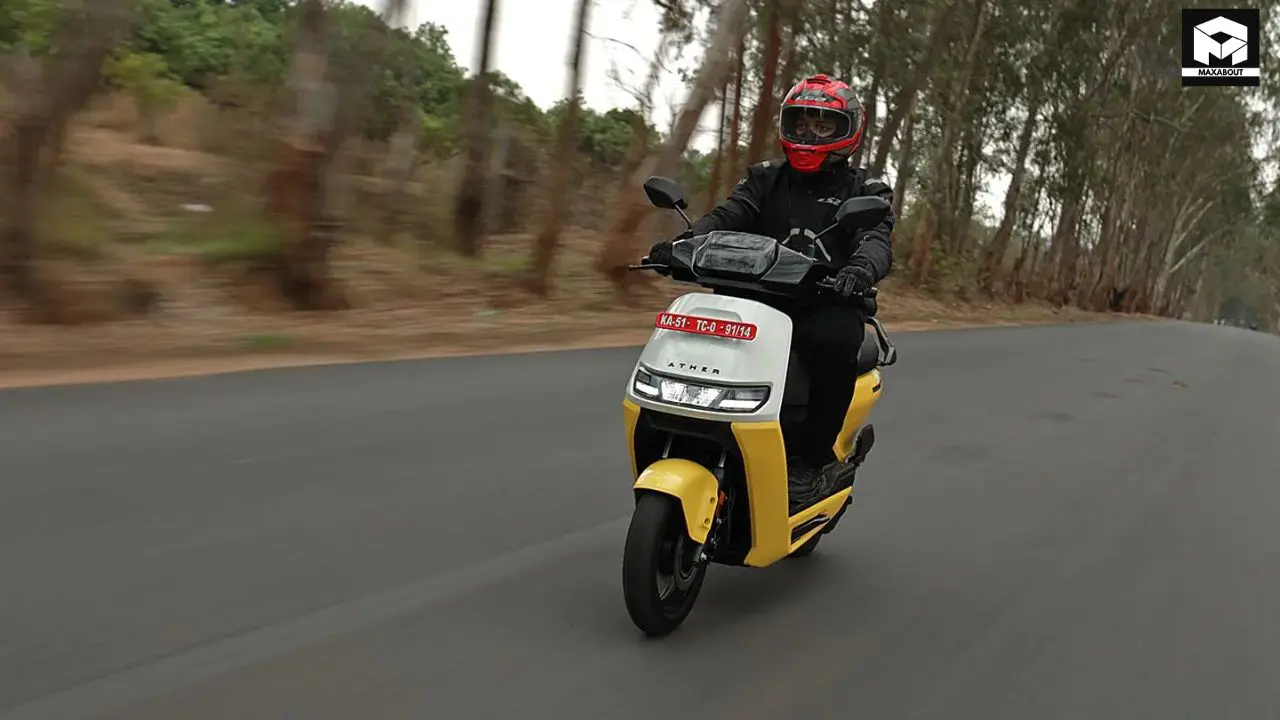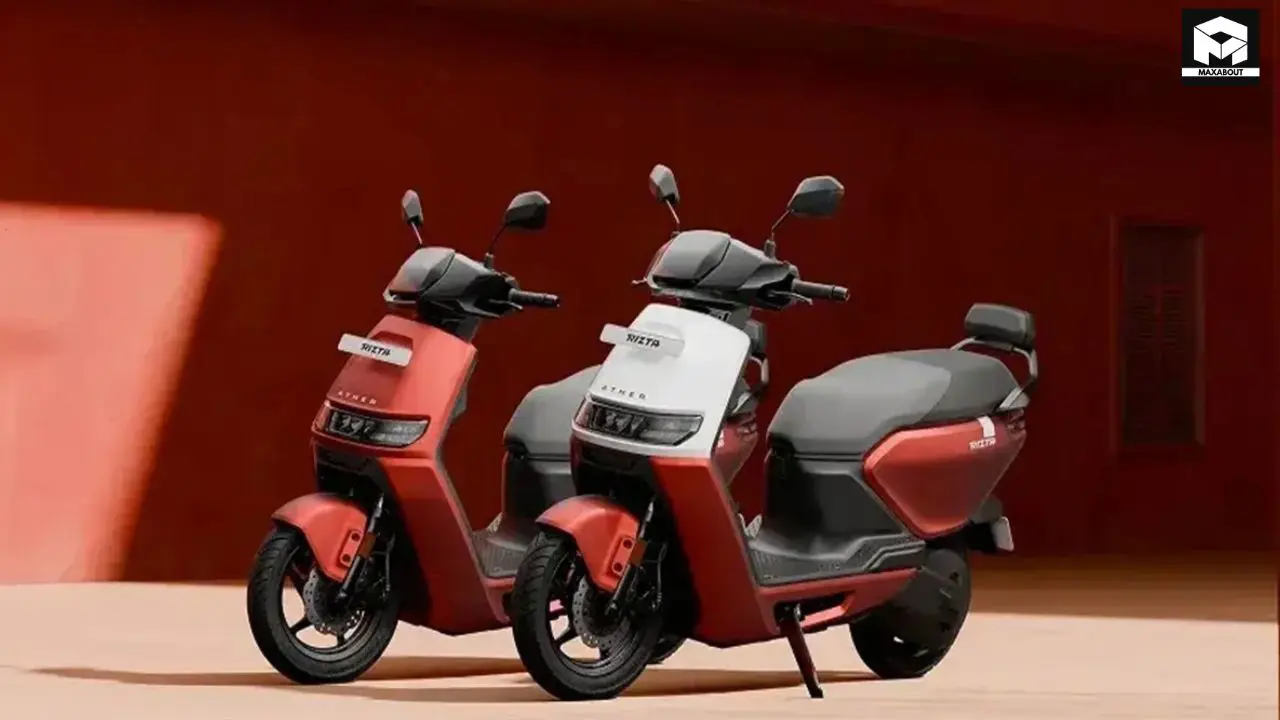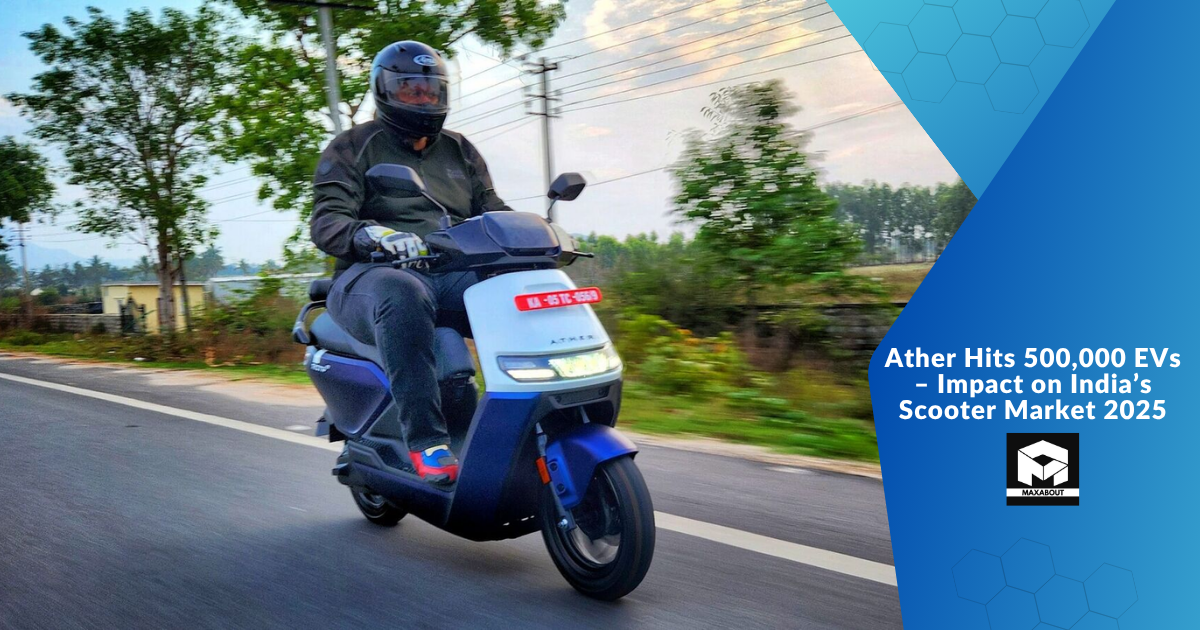Introduction
The electric vehicle landscape in India just reached another significant milestone. Bengaluru-based Ather Energy has rolled its 500,000th electric scooter off the production line - a remarkable achievement for a company that began commercial manufacturing just six years ago. This production landmark signals not just Ather's growth trajectory but also indicates the maturing electric two-wheeler market in India.
As someone who closely follows developments in the EV sector, I find this milestone particularly noteworthy given the challenges the industry has faced. From supply chain disruptions to policy fluctuations around FAME subsidies, Ather has navigated multiple obstacles to reach this production figure. Let's examine what this achievement means for both the company and India's electric mobility landscape.
Ather's Journey to 500,000 Electric Scooters

Ather Energy's path to 500,000 units hasn't been a straight line. The company began with modest production volumes at its first facility in Bengaluru. According to industry data, their initial manufacturing capacity was limited to about 20,000-25,000 units annually. The journey accelerated significantly after opening their Hosur manufacturing plant in Tamil Nadu.
The production timeline shows clear acceleration:
- First 100,000 units: Took approximately 4 years
- Next 100,000 units: Achieved in about 10-12 months
- Final 300,000 units: Rolled out in under 24 months
This ramping up reflects both expanded manufacturing capabilities and growing market acceptance. Ather's Hosur facility, which now serves as their primary production hub, reportedly has an annual capacity exceeding 400,000 units - a substantial increase from their early days.
Overcoming Manufacturing Challenges
What makes this milestone impressive is the context in which it was achieved. The EV industry globally has faced significant supply chain challenges, particularly regarding battery components and semiconductor availability. Reports from the auto industry indicate that many EV manufacturers had to delay production schedules during 2021-2023 due to these constraints.
Ather appears to have navigated these challenges effectively. Industry analysts suggest the company's vertical integration strategy - developing many components in-house rather than relying entirely on external suppliers - has helped maintain production momentum even during difficult periods.
Product Portfolio Evolution
Ather's journey to 500,000 units is also a story of product evolution. The company began with the Ather 450, then expanded to the 450X and 450 Plus models. More recently, they've introduced the more affordable 450S model, broadening their market reach.
The current Ather lineup includes:
- Ather 450S: The entry-level offering with a more accessible price point
- Ather 450 Plus: The mid-tier model balancing performance and value
- Ather 450X: The flagship model with premium features and performance
- Ather 450 Apex: Limited edition model celebrating their engineering capabilities
This expanded portfolio has allowed Ather to target different price segments, contributing significantly to their sales volume growth. According to market data, the introduction of the more affordable 450S helped increase their monthly sales figures by approximately 30-40%.
Technology and Software Updates

One aspect that distinguishes Ather in the market is their focus on software and continuous improvement. The company has delivered over 15 major over-the-air updates to their scooters since launch, enhancing features and performance. This approach has helped maintain consumer interest and satisfaction with existing models.
The software-driven approach is increasingly common in the EV space globally, but Ather was among the first to implement it effectively in India's two-wheeler segment. Industry observers note that this has helped extend the practical lifespan of their products and create a more engaged customer base.
Market Position and Competitive Landscape
Reaching 500,000 units positions Ather as a significant player in India's electric two-wheeler market, though they still face intense competition. Based on registration data, the market currently sees Ola Electric leading in volume, followed by TVS, Bajaj, and Ather in the premium segment.
The 500,000 milestone gives Ather approximately 10-12% market share in the high-speed electric scooter category (scooters with speeds exceeding 25 km/h). While this might seem modest compared to ICE two-wheeler manufacturers, it represents substantial growth in the electric segment.
Retail Expansion Strategy
Ather's retail presence has expanded considerably alongside their production capabilities. The company now operates in over 100 cities across India, a significant increase from just 15-20 cities two years ago. This expanded retail footprint has been crucial for reaching the 500,000 production milestone.
According to company statements, Ather plans to further expand to tier-2 and tier-3 cities in the coming year, suggesting confidence in continued demand growth. The charging infrastructure (Ather Grid) has similarly expanded, with over 1,500 fast-charging points across the country according to recent data.
Impact on India's EV Ecosystem
The achievement of 500,000 electric scooters has broader implications for India's electric mobility ecosystem. It demonstrates that a homegrown EV brand can achieve significant scale, potentially encouraging more investment in the sector.
From a manufacturing perspective, Ather's growth has also supported the development of a local component ecosystem. Industry reports suggest that Ather has achieved localization levels of over 90% for most components, excluding battery cells which are still imported. This has positive implications for the broader manufacturing capabilities in India's EV sector.
Employment and Economic Impact
The scale-up to 500,000 units has created significant employment opportunities. Ather's manufacturing operations reportedly employ over 2,000 people directly, with thousands more in their supply chain. This economic impact extends beyond just the immediate manufacturing ecosystem to include sales, service, and charging infrastructure.
The milestone also represents a substantial investment in Indian manufacturing. Based on publicly available information, Ather has invested over ₹500 crore in their manufacturing facilities - a significant commitment to local production capabilities.
Future Outlook and Expansion Plans

Looking ahead, Ather's 500,000 unit milestone appears to be just one step in their growth journey. Industry analysts expect the company to target international markets in the near future, with reports suggesting Southeast Asia as a likely first expansion region.
Product diversification is also on the horizon. While Ather has focused exclusively on scooters so far, there have been industry rumors about potential motorcycle development. The company has neither confirmed nor denied these reports, but such expansion would be consistent with the natural evolution of their business.
Production Capacity Expansion
To support future growth, Ather is reportedly considering further expansion of manufacturing capabilities. Industry sources suggest plans for a second manufacturing facility, potentially in a different state to optimize logistics and distribution costs. This would push their annual production capacity beyond the 700,000-800,000 unit range.
The company has also been reportedly working on improving manufacturing efficiency, with automation playing an increasingly important role in their production lines. This focus on manufacturing technology could further accelerate their production capabilities in the coming years.
Frequently Asked Questions
How long did it take Ather to produce 500,000 electric scooters?
Ather took approximately 6 years from the start of commercial production to reach the 500,000 unit milestone. However, the production rate has accelerated significantly, with the most recent 300,000 units being manufactured in less than 24 months.
How does Ather's production compare to other electric two-wheeler manufacturers in India?
While Ather's 500,000 unit milestone is significant, companies like Ola Electric have reported higher cumulative production figures. However, in the premium electric scooter segment (priced above ₹1 lakh), Ather remains among the top manufacturers by volume.
What percentage of components in Ather scooters are made in India?
According to industry reports, Ather has achieved approximately 90-95% localization for most components, with battery cells being the primary imported component. This high localization rate distinguishes them from some competitors who rely more heavily on imported parts.
Conclusion
Ather Energy's achievement of producing 500,000 electric scooters marks a significant milestone not just for the company but for India's electric mobility ecosystem as a whole. It demonstrates that domestic EV manufacturers can achieve meaningful scale and build products that resonate with consumers.
The journey to this milestone hasn't been without challenges - from supply chain disruptions to policy uncertainties around subsidies. However, Ather's ability to navigate these obstacles while maintaining product quality and innovation speaks to the maturity they've developed as a manufacturer.
As India's electric two-wheeler market continues to grow, this milestone positions Ather well to capture an increasingly significant share of the market. Their focus on technology, manufacturing excellence, and product innovation suggests that the next 500,000 units might come even faster than the first.

